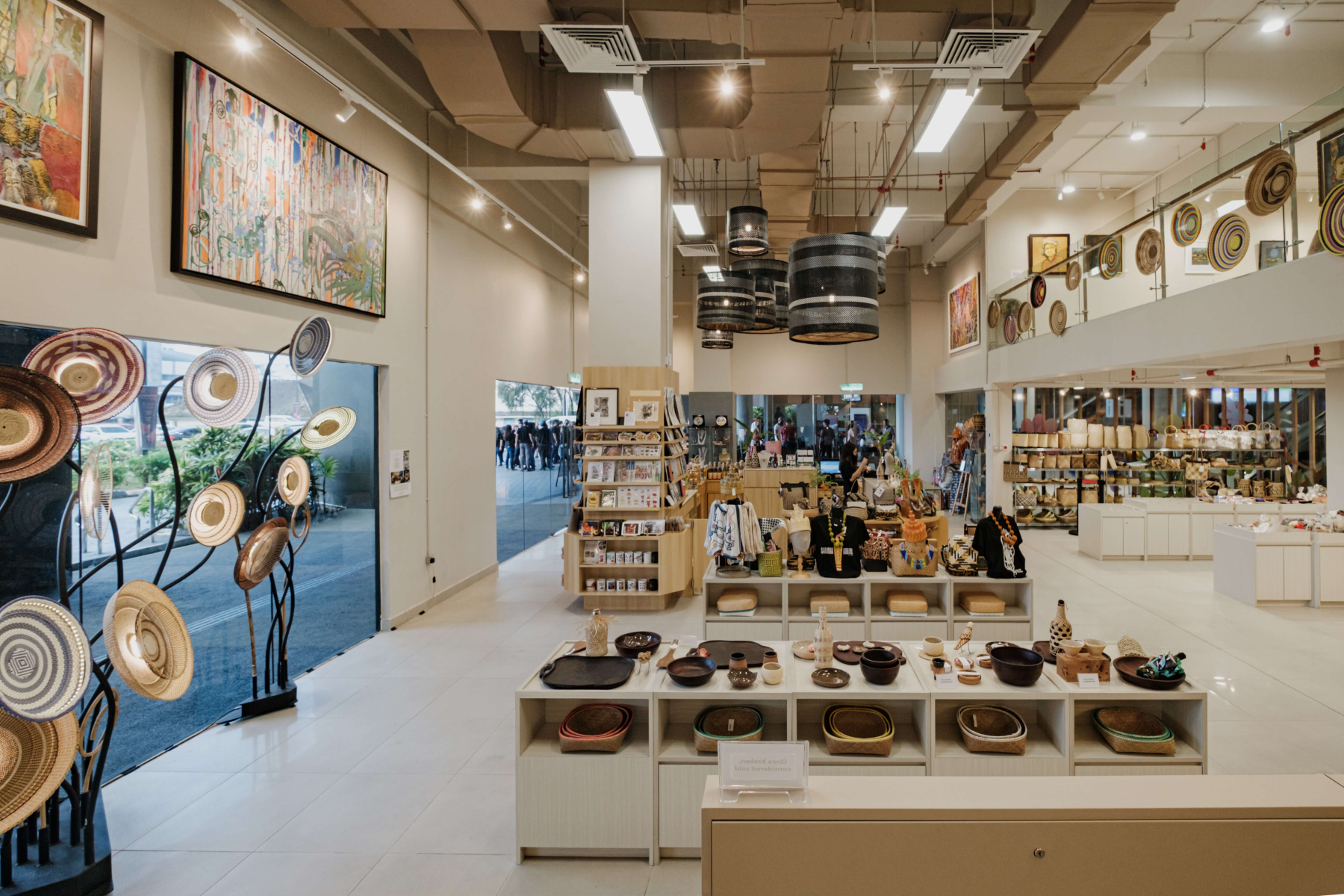Borneo Cultures Museum: Portal to Indigenous Knowledge
Borneo Cultures Museum: Portal to Indigenous Knowledge
Blog Article
Delve Into the Remarkable World of Borneo's Cultural Heritage: A Comprehensive Guide to the Cultures Gallery Experience
Immersing oneself in the intricate tapestry of Borneo's cultural heritage is akin to embarking on a trip with time and custom. The blend of aboriginal people, conventional inventions, exciting efficiencies, and historical stories housed within the confines of the island's galleries supplies a look right into a globe bristling with profound heritages and dynamic customs. As site visitors go across through these databases of culture, they are bid to check out a world where past and existing intermingle, welcoming consideration on the strength and splendor of Borneo's diverse heritage.
Aboriginal Tribes of Borneo
Borneo is home to over 50 native tribes, each with unique cultural practices and customs that have been preserved for generations. Among these people are the Iban, understood for their elaborate tattoos and conventional longhouses where numerous families reside.
These native people play a vital role in keeping Borneo's rich cultural tapestry. Despite external impacts and innovation, many people proceed to maintain their personalizeds, languages, and ideas. Visitors to Borneo have the opportunity to involve themselves in the one-of-a-kind way of livings of these tribes through social tours, homestays, and community-based tourist campaigns. By involving with these indigenous areas, visitors can gain a much deeper appreciation for the variety and resilience of Borneo's indigenous heritage.
Conventional Handicrafts and Artefacts

One noticeable instance of conventional inventions in Borneo is the manufacturing of woven products - Borneo Cultures Museum. Skilled weavers utilize natural fibers like pandan, bamboo, and rattan leaves to create intricate baskets, mats, and accessories embellished with vibrant patterns that hold symbolic significances within the neighborhood
The art of woodcarving is another significant element of Borneo's traditional inventions. Artisans carve complex layouts right into different kinds of wood to generate masks, sculptures, and music instruments that not only offer functional objectives however likewise hold cultural value, frequently portraying folklore or spiritual beliefs.
In Addition, Borneo is renowned for its beadwork, with craftsmens carefully crafting grains from materials like glass, seeds, and shells to develop precious jewelry, garments embellishments, and attractive products that showcase the region's vibrant visual practices. These conventional inventions and artefacts not just serve as substantial expressions of Borneo's social heritage but also offer understandings right into the areas' ideas, worths, and means of life.

Social Performances and Festivals
With an ingrained connection to their social practices, the areas in Borneo come active via vibrant cultural performances and celebrations that commemorate their heritage. These events display the abundant diversity of Borneo's ethnic groups, each offering one-of-a-kind dancings, songs, and routines that have been given with generations. One of one of the most renowned celebrations is the top article Gawai Dayak, celebrated by the Dayak individuals to mark the rice gathering period. During this celebration, traditional music fills up the air, complex dances are done, and intricate standard outfits are used. One more significant event is the Pesta Kaamatan, commemorated by the Kadazandusun community to offer thanks for the rice harvest. This celebration features cultural performances, including the Sumazau dance, link and standard sporting activities like the bamboo dancing. Site visitors to Borneo can immerse themselves in these festivities, gaining a deeper understanding of the area's cultural heritage and experiencing the cozy hospitality of its individuals. Cultural efficiencies and events offer as a dynamic pointer of Borneo's rich cultural tapestry and the importance of protecting these practices for future generations.
Historical Narratives and Artefacts
Exploring the historical stories and artefacts of Borneo offers a fascinating look right into the area's rich past and social evolution. Borneo's historical tapestry is woven with diverse impacts, showing the interactions in between indigenous tribes, Chinese investors, European colonizers, and Malay sultanates. The artefacts located in Borneo showcase this intricate history, ranging from typical crafts like intricate beadwork and woodcarvings to historical treasures such as old pottery and tools.
One of the most engaging aspects of Borneo's historic narratives is the conservation of oral practices gave via generations. These stories provide understandings into the beliefs, custom-mades, and lives of Borneo's inhabitants throughout the centuries. The artifacts uncovered from historical sites supply substantial connections to these stories, allowing site visitors to witness the material society of previous societies firsthand.
Contemporary Cultural Conservation Initiatives

Additionally, instructional programs and social exchange activities play a critical function in elevating recognition concerning the value of protecting Borneo's distinct cultural heritage. By engaging look what i found schools, galleries, and the broader neighborhood in discussions and activities that commemorate Borneo's varied cultures, preservation efforts can acquire energy and assistance for lasting sustainability. Collaborations between governmental bodies, non-profit organizations, and local neighborhoods are vital in driving these conservation undertakings forward, making certain that Borneo's rich cultural heritage continues to be dynamic and cherished for generations ahead.
Final Thought
Finally, the social heritage of Borneo is rich and varied, with indigenous people, standard inventions, cultural efficiencies, celebrations, historical narratives, and modern preservation initiatives all adding to its uniqueness and relevance. Visitors to Borneo's social museums can gain a much deeper understanding and recognition of the area's cultural heritage, enabling for a more immersive and informing experience.
Submersing oneself in the elaborate tapestry of Borneo's social heritage is comparable to embarking on a trip through time and custom.With an ingrained connection to their cultural traditions, the areas in Borneo come alive with vivid cultural performances and festivals that commemorate their heritage. Social performances and celebrations offer as a vivid suggestion of Borneo's rich cultural tapestry and the value of maintaining these traditions for future generations.
Furthermore, instructional programs and cultural exchange activities play a critical role in raising understanding about the relevance of protecting Borneo's unique social heritage. Cooperations between governmental bodies, non-profit organizations, and local neighborhoods are essential in driving these conservation ventures forward, guaranteeing that Borneo's abundant social heritage remains vibrant and cherished for generations to come.
Report this page